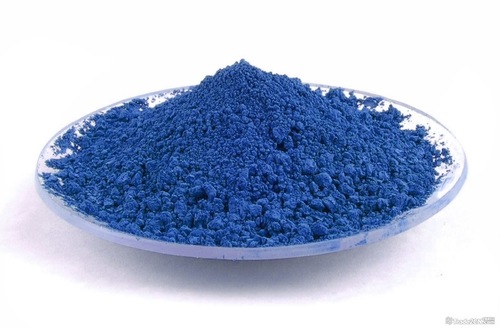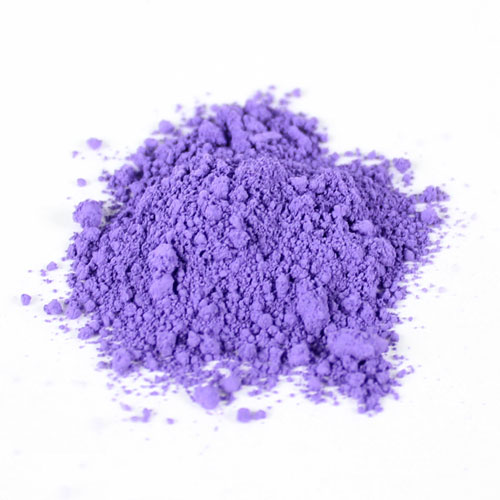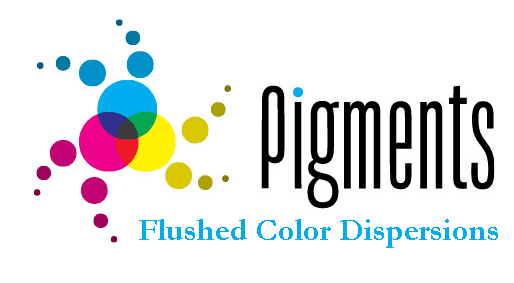A series of organic color pigments is highly used in printing inks. The pigment, Phthalocyanine Blue, in its alpha form is a strong red shade of blue, and carries high light fastness and resistance to alkalis, acids, heat, oils, waxes, soaps and solvents. It is the least used pigment, among all the PB 15 pigments; however, it is occasionally used in news inks. This range is a solvent unstable form of the pigment set PB 15. It is the most highly used pigment of all the PB 15 pigments, counting for 25% of the PB 15 use. It is more opposed to to heat and more solvent stable than the other alpha form. Owing to its exceptional industrial usage, the pigment, Phthalo Blue 15:4 is highly used in every industry. It is outstanding chemical and physical properties which are highly used in several industries. Besides, ink printing, it has made its place in various applications.
Month: April 2014
Violet Organic Pigments: What Is?
Violet organic pigments are apt to be used in a wide variety of polymers. An inorganic pigment possesses exceptional light fastness and heat stability. Its good weather resistance and non-migratory attribute gives discrete benefits in a huge number of outdoor applications. Violet Organic Pigments have seen rising fame in color correction applications with simplicity of dosing and their outstanding light fastness making them mainly popular. This is chiefly so in computer housing and automotive applications where its usage is escalating.
Violet Organic Pigments have made a dominant place in the industry, as it is highly used in several industrial applications. Some polymers exhibit an inherent yellowish dash in their virgin status. Even while pigmented with titanium dioxide a small amount of yellowness could still be evident in all polymers. The adding up of very low levels of Manganese Violet could produce a spectacular effect on the perceptible whiteness of the completed product.
Usage Of Benzimidazolone Yellow 4HG 151-1
Most of the yellow organic pigments are regarded as non toxic. And also, they are average drying, and make rather flexible and firm oil paint films. They should be arranged and grouped in ASTM classes. Pigment, which are also included that are usually offered for artistic usage which are in fact part of this family from the time when there are pigments which are generally called as azo or arylide and there are others which in fact are, on the other hand have other common names and artist’s don’t realize they are still part of this set.
Where there is a difference, they are noted under that pigment’s report, as several of these pigments carve up the same general names, such as, Benzimidazolone Yellow 4HG 151-1, Diarylide Yellow 83, etc. difference of light fastness in an ASTM class are elected by the exact terms as very good, excellent, good, fair and poor.
Why And What Of Flushed Color Dispersions?
The flushed color dispersions are formulated by making use of an exclusive vehicle system which would meet up the demands of high speed and high gloss applications, containing magazines, catalogues and books. The formulation of colored organic pigments comprises of wet state chemical processing. After washing for getting rid of the detrimental soluble matter, the resulting press cake is dried, pulverized and generally blended for formulating a dry powdered pigment. The pulverization and drying process of Flushed Color Dispersions might be the grounds for causing aggregation or agglomeration of the pigment particles. Nevertheless, finest performance is best attained while the main particle size of the pigment is preserved. The ink and paint maker, hence, has first to ‘wet’ and then to break down the agglomerated and aggregated particles and ease the resultant dispersion by making use of high energy dispersing tool in mixture with a dispersing agent or resin as appropriate.




